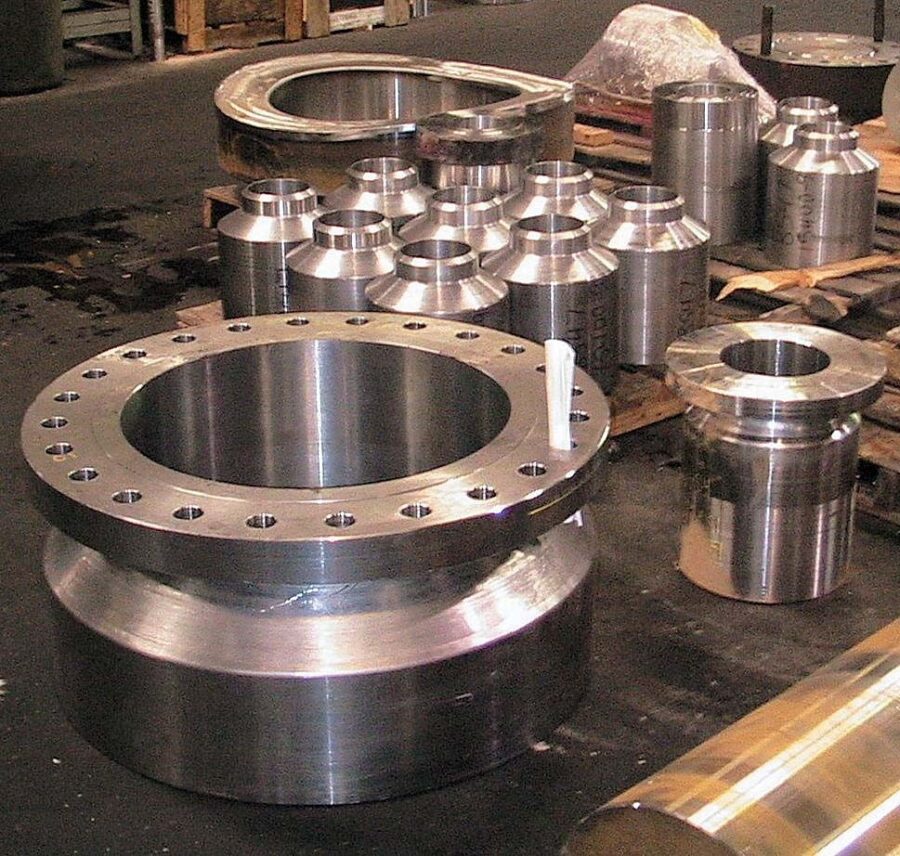
6 Flange Designs Worth Knowing
A flange is a small tool that allows workers to make the tubing system work in residential and commercial buildings. The main distinction in the flanges used for the said locations is that the industrial flanges are larger and created from carbon or stainless steel. Nevertheless, this can be attached to the pipes through heat or bolts in order to keep the pieces together. What requires your attention now is the six flange designs worth knowing.
Blind
Blind is a type of flange is popular in the pulp industries because it effectively blanks off or covers the front end of the pipe and valve openings. This comes in the form of a round plate that has no hole in the middle.
Lap Joint
The lap joint flange supports the lapped pipes and lets it rotate on its own. The joint is welded in place, but the tube is not, that’s why cleaning the latter is going to be stress-free.
Slip-on
Slip-on flanges can have its inner diameter flat or slightly protruding. It usually has to be greater in size compared to the pipe it will be used for.
Socket Wheel
This flange – specifically the steel variety – goes to the pipe’s end in order to make connecting and disconnecting it to other tubes effortless.
Weld Neck
Weld neck flanges suit areas that become subjected to high-pressure levels. Yet, only the regular kind works well with pipes.
Threaded
A threaded flange is unique in the sense that the welding process is not a necessity to link a pipe to it. As this is beneficial in small diameter applications, using a seal weld can keep it intact.
Houses and establishments function smoothly due to the ventilation and continuous supply of water that run through the pipes, and this can only take place because of the flanges holding them together.
